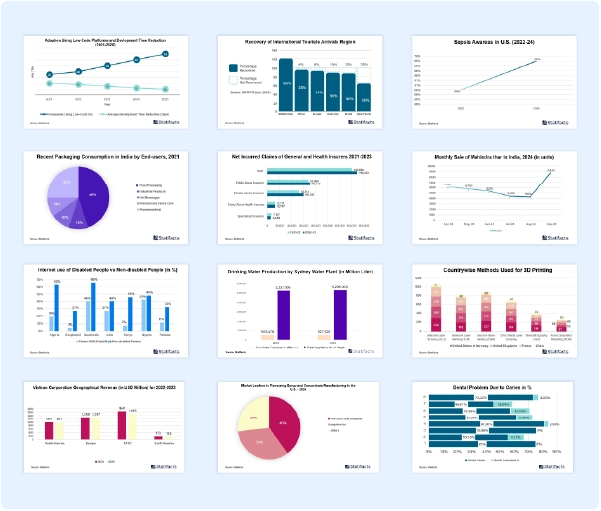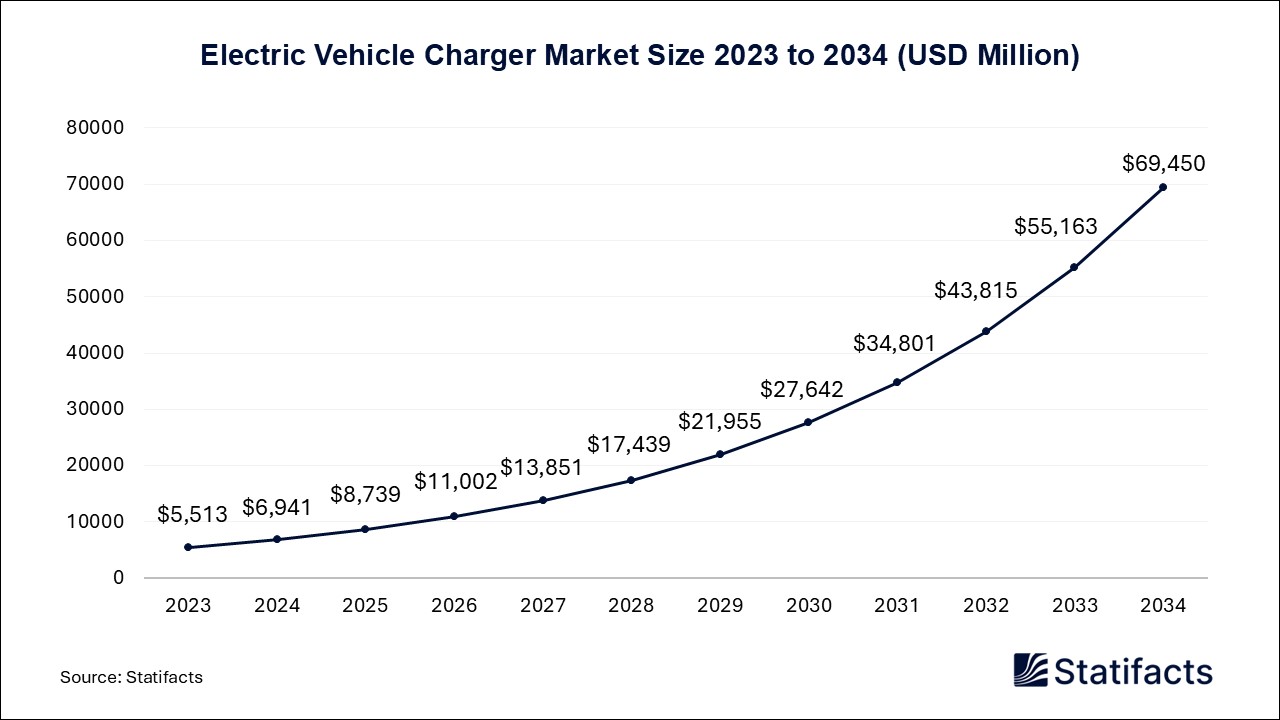

Our customers work more efficiently and benefit from
The global live cell imaging market size was calculated at USD 2,730 million in 2024 and is predicted to attain around USD 6,520 million by 2034, expanding at a CAGR of 9.1% from 2025 to 2034.
| Industry Worth | Details |
| Market Size in 2025 | USD 2,980 Million |
| Market Size by 2034 | USD 6,520 Million |
| Market Growth Rate from 2025 to 2034 | CAGR of 9.1% |
The live cell imaging market is an essential sub-sector of the cell imaging industry. It deals with the use of analytical methods used in labs to understand biomedical research fields, like neurobiology, cell biology, developmental biology and pharmacology. By utilizing a live-cell imaging method, dynamic biological procedures become easier to undertake, where the cellular formation is frozen at a sole point in time and cellular task is at a standstill. With live-cell imaging, kinetic procedures like enzyme activity, protein and receptor trafficking, signal transduction, and membrane recycling can all be questioned.
North America dominated the market due to numerous factors like the growing number of expenditures in research and development in the market. Advances in imaging methods, and fluorescence microscopy are quickly adopted in the North American live cell imaging market due to the robust biotechnology and pharmaceutical landscape. Researchers are increasingly looking to switch to live cell imaging from fixed cell imaging, as it allows them to observe cell processes in real time. This leads to the collection of better quality data and observations about the physiology of the cell and its behavior.
Asia-Pacific is observed to be the fastest growing in the live cell imaging market due to an increasing focus on biotechnological developments and a growing need for customized medicine. Though still evolving, it exhibits potency for growth with enhancing healthcare systems and growing engross in cellular research. The economic growth in the region is allowing for more investment into biotechnology research and development, spurring demand in the regional market for live cell imaging.
The requirements for enhanced technologies for cell research, the advent of advanced informatics solutions, government support, and growing industry dividends in better screening systems, together with the technological advancements in biological research and the uncovering of more operative therapies for the therapy of human disorder, are boosting the expansion of the market. Live cell imaging systems have regularly emerged with refinements that have permitted them to understand user needs of greater flexibility and the increasing need for assays entailing complex cellular disorder models. Growing drug discovery R&D worldwide, rising investments, and establishing advanced imaging implementation are propelling the expansion of the live cell imaging market.
The high expenses linked with advanced imaging systems such as super-resolution microscopy and confocal microscopes setups present notable challenges in the live cell imaging market, especially for smaller research labs and institutions managing within restricted budgets. The starting capital investment needed to purchase these latest imaging systems can be considerable. This cost usually exceeds the accessible budget of smaller labs, hampering their capability to obtain important imaging tools for the latest research. Maintenance expenses thus compound the financial load. Advanced imaging systems need efficient maintenance, occasional repairs, and calibration to confirm optimal performance.
Artificial intelligence driven approaches are becoming popular in the live cell imaging market, not just to analyze cells but also to retrieve extensive data from each cell, omitting any human input. AI can remarkably streamline information collection processes by tackling these challenges. Imaging in low-light areas and in those with the absence of fluorescent labels are two instances of life science microscopy applications where AI-derived imaging holds great promise. Understanding biological samples without markers was one of the first methods used in microscopy. Due to developments in live cell imaging, bio-markers are once again gaining traction. There are some revolutionary developments in image analysis technology, thanks to machine learning. Deep-learning-based AI methods can offer better access to data contained in transmitted light images, creating the fluorescent markers that are presently used for staining cells.
With the contribution of academic and research groups, the live cell imaging market continues to thrive, accelerating advancement in biomedical research and therapeutic discoveries. As tools become more standard and accessible, the incorporation of AI and multimodal imaging methods is anticipated to thus refine diagnostic abilities and speed up the advancements.
For any questions about this dataset or to discuss customization options, please write to us at sales@statifacts.com
| Stats ID: | 8177 |
| Format: | Databook |
| Published: | April 2025 |
| Delivery: | Immediate |
| Price | US$ 1550 |

| Stats ID: | 8177 |
| Format: | Databook |
| Published: | April 2025 |
| Delivery: | Immediate |
| Price | US$ 1550 |

You will receive an email from our Business Development Manager. Please be sure to check your SPAM/JUNK folder too.

Unlock unlimited access to all exclusive market research reports, empowering your business.
Get industry insights at the most affordable plan
Stay ahead of the competition with comprehensive, actionable intelligence at your fingertips!
Learn More Download
Download
